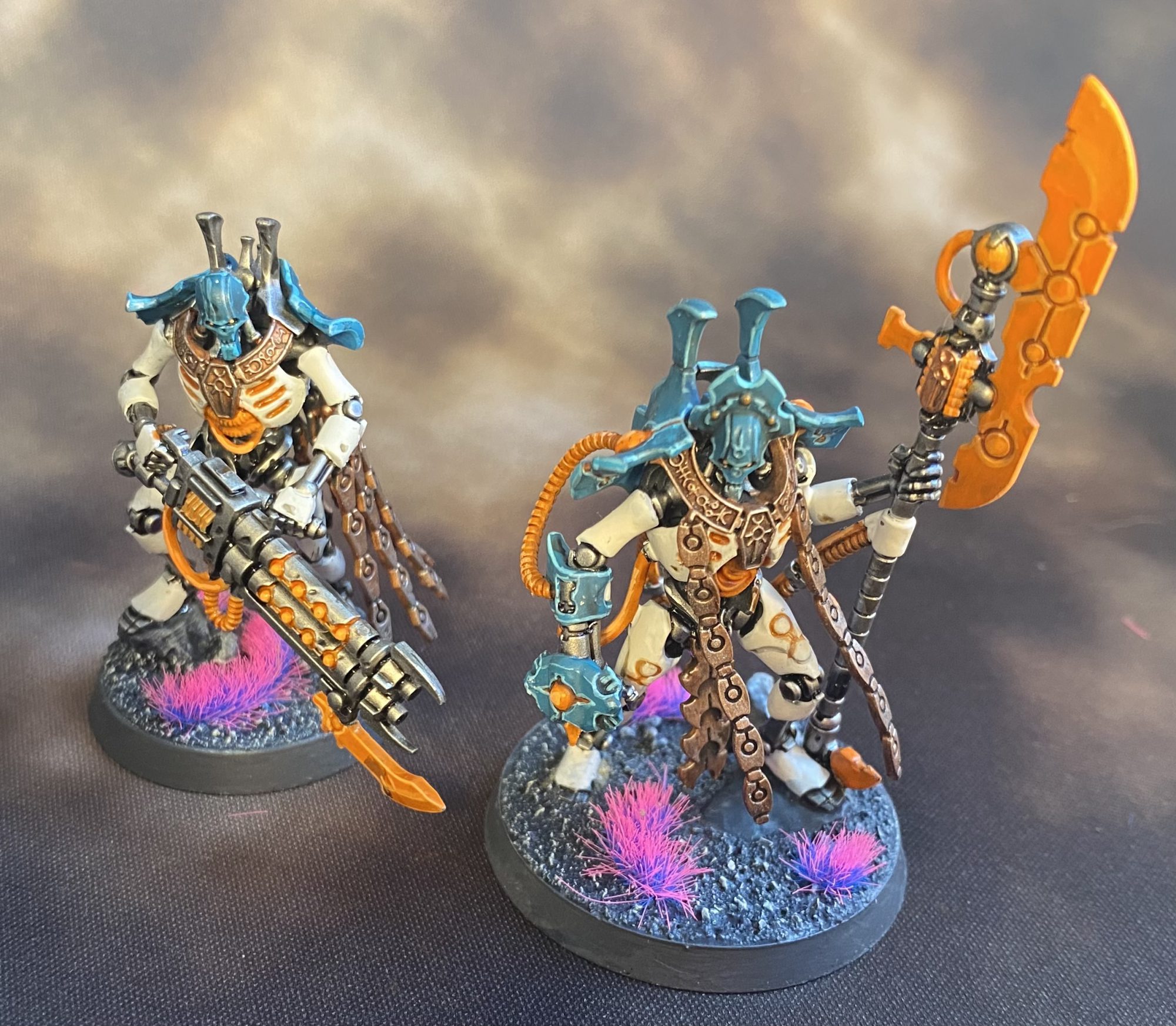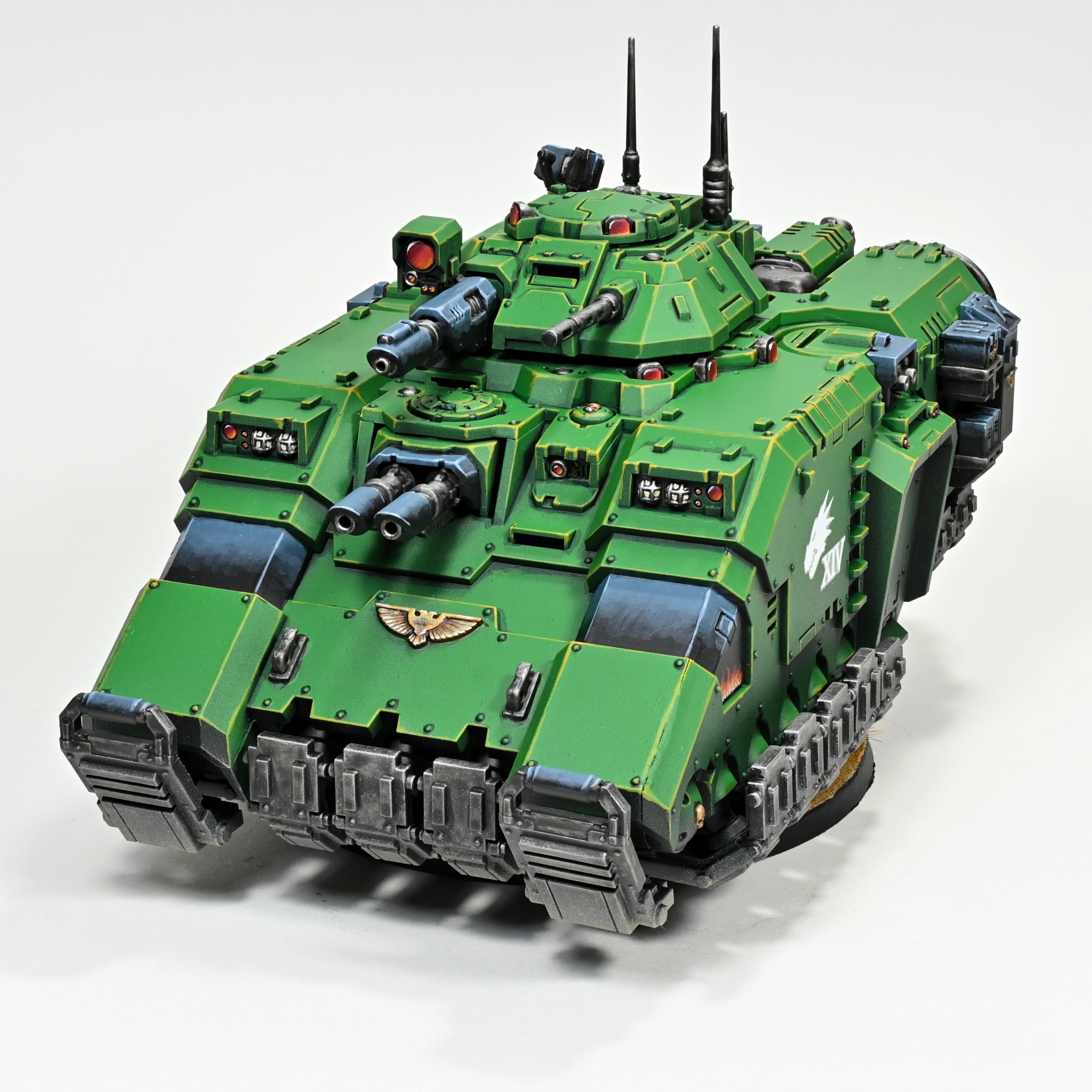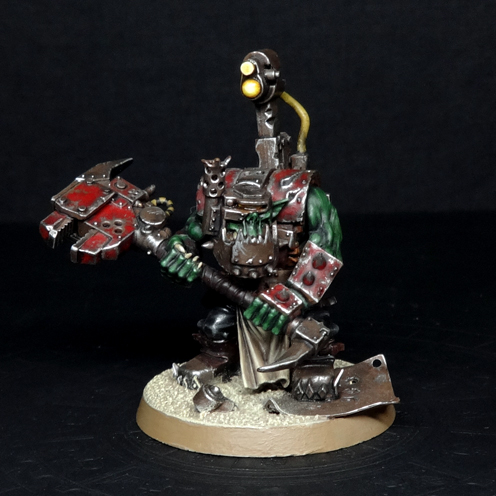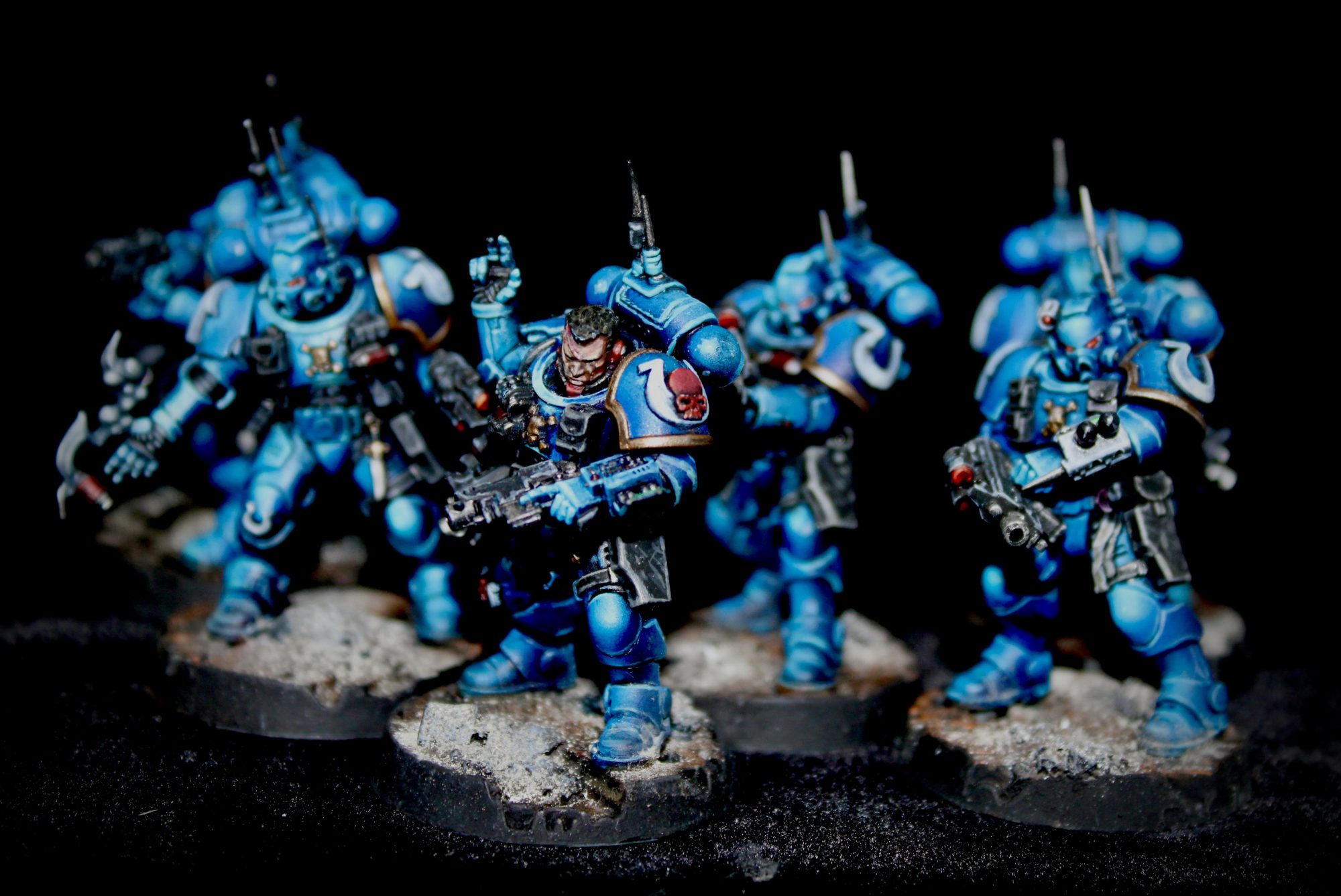This week’s Hammer of Math looks at the Mission Rules of the Leviathan Mission Deck for Warhammer 40k 10th Edition.
In addition to Secondary Missions and Gambits, the 10th Edition of Warhammer 40k introduced Mission Rules within the Leviathan Deck. Mission Rules are a selection of 12 cards that affect the battle in some significant way (with the exception of Chilling Rain, which apparently only inconveniences troops who are used to being miserable). These effects can move objectives, hinder the deployment of Reserves, or even damage models. Mission Rules are drawn at the same time as Deployment and the Primary Mission, and the effects are applied immediately.

Chilling Rain: Congratulations. You found the 8% chance where nothing happens.
Delayed Reserves: At the start of the battle units are put into Reserves or Strategic Reserves at the same time that Leaders are attached and units are declared to be embarked into transports. Under this Mission Rule, units arriving before the third battle round must roll a 3+ on a D6 to be placed on the table, giving them a 33% chance of being delayed. If you had drop pods or other units which can arrive turn 1 there’s a 12% chance they won’t make it on the table until round 3. From battle round 3 onwards, you’re free to arrive normally – and you should, so your units don’t count as destroyed.
Hidden Supplies: This card increases the number of available objectives from 5 to 6, pushing the marker in the center 6” towards one corner to permit another to be added in the other direction. This can profoundly impact how the game plays, since it makes Primary Missions (and many Secondary MIssions) easier to score courtesy of more opportunities. Even though the number of scorable objectives has increased, the maximum VP for Primary Missions is still capped at 50 while for Secondary Missions the cap is 40. We’re still working on adding mission rules to 40kstats, but expect to see Hidden Supplies missions have a higher primary scoring average.

Supply Lines: When selected, this Mission Rule gives each player a 50% chance to generate an extra Command Point if they hold the objective marker in their deployment zone. Over the course of a 5-turn game this translates to an average of between 2 and 3 extra Command Points per game, although there’s a 3% chance that a player will get 0 CP (and they have the same chance of getting 5 CP). The chance of getting 1 or 4 is 16%, and 2 or 3 is 31%.
Scrambler Fields: This Mission Rule has no mathematical effect on the game; it just seriously messes with deployment. No ability, whether it be Infiltrators, Scouts, redeployment, or Reserves, can be used to set up a unit within range of an Objective Marker located outside of a player’s deployment zone. This will also likely depress primary and secondary scoring a small amount, making it difficult for units to Deep Strike onto objectives that are otherwise unoccupied.
Secret Intel: This card allows players to draw an additional Secondary Mission and then discard one. The good news is that even if a player cycled three Secondary Missions every turn, and used the New Orders Stratagem to cycle an additional card, they still wouldn’t exhaust the 16 cards in the deck. Leads to higher scoring as players can pick more opportunistic secondaries, but not as much as Targets of Opportunity.

Targets of Opportunity: Where Secret Intel allowed the player to draw an extra Secondary Mission card and discard one, Targets of Opportunity allows them to carry an extra card. Players using Fixed Missions even get to play a little bit of Tactical, drawing one card in the Command Phase and having the opportunity to change it using the New Orders Stratagem. Players still cannot exhaust the Secondary Mission deck since there’s 5 turns and only one opportunity to use New Orders. That said, with most cards awarding between 3 and 5 VP, you don’t need to see all 16 cards to score 40 VP. As a result this rule also leads to significantly higher secondary scoring, making it much more likely both players will hit 40, or at least 30.
Minefields: Units that Advance have a 1 in 6 chance of enduring a mortal wound under this Mission Rule. Note that the effect only works on an Advance roll result of 6, meaning that units which do not roll to Advance are unaffected.
Sweep and Clear: Under this Mission Rule players retain control of an objective marker until the opposing player controls it, even if they have no units within range. In other words Intercessors (and the entire Death Guard faction) have a roughly 1 in 12 chance of having one of theier abilities rendered useless/redundant by the mission.

Vox Static: When Vox Static is drawn the Command Re-roll and New Orders Stratagems both cost 2CP to use. Doubling the price is brutal given that most armies only generate 2 CP each turn.
Chosen Battlefield: Instead of using the objective marker positioning shown in the Deployment card, players alternate placing objective markers on the battlefield with the first position going to the winner of a die roll. Should another effect increase the number of objective markers, the players use the rules on this Mission Rule to deploy the additional markers. Each deployment zone is still required to have one marker inside it, and the rest are positioned in No Man’s Land. Markers are positioned 6” from any battlefield edge and 9” away from each other, which can make the field of battle a little tight in an Incursion mission.
Maelstrom of Battle: What’s better than selecting on Mission Rule? Selecting two! When Maelstrom of Battle is selected players randomly draw two additional cards (and a third if Chilling Rain is selected) and apply the results of both. This means that each Secondary Mission has a 20% chance of being selected as one of the two draws. The chance that one particular combination of cards will be drawn is around 2%.
The sheer number of combinations available to players in the Leviathan Deck means that it’s practically guaranteed that you will never play the same game twice, especially when Tactical Missions are used for additional variety.
Thanks for reading! If you have any questions or comments feel free to drop us a note in the Comments below or email us at contact@goonhammer.com. That’s the best way to suggest topics for future articles.


